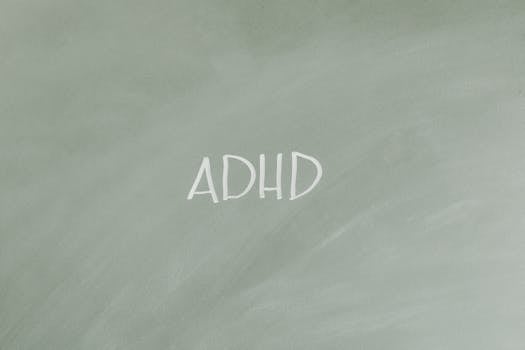What is hyperactivity?

What is hyperactivity?
Hyperactivity isn’t just a term tossed around in casual conversation; it plays a significant role in our understanding of behaviors that can impact daily life. In a world where productivity and personal development are key, recognizing hyperactivity’s nuances can help us better navigate our challenges.
Hyperactivity is characterized by excessive movement, impulsivity, and difficulty maintaining attention. While this behavior is often associated with children, it can also extend into adulthood, affecting various aspects of life, including work, relationships, and self-management. Understanding hyperactivity is vital for implementing effective strategies to improve focus and overall well-being.
Understanding Hyperactivity
Hyperactivity has both psychological and physiological aspects, intertwining complex behaviors and biological factors.
Definition of Hyperactivity
At its core, hyperactivity refers to a state of being overly active. This can manifest as fidgeting, difficulty staying seated, or engaging in continuous movement. It’s essential to recognize that hyperactivity is not merely about being energetic; it often relates to challenges in self-regulation and impulse control. According to Merriam-Webster, it signifies “the state or condition of being overly active,” highlighting how this behavior goes beyond typical activity levels.
Causes of Hyperactivity
The causes of hyperactivity can be multifaceted, involving genetic, environmental, and neurological factors.
- Genetic Factors: Studies suggest that hyperactivity can run in families, indicating a potential hereditary component.
- Environmental Influences: Factors such as exposure to toxins during pregnancy, premature birth, and early childhood adversity may heighten the risk.
- Neurological Components: Conditions like Attention-Deficit Hyperactivity Disorder (ADHD) often present with hyperactivity, indicating potential differences in brain structure and function.
Understanding these causes can help individuals and families address hyperactivity more effectively. For further insights on causes, Healthline offers a detailed overview on hyperactivity.
Hyperactivity and ADHD
Hyperactivity is often closely associated with Attention Deficit Hyperactivity Disorder (ADHD), a common neurodevelopmental disorder.
Symptoms of ADHD
ADHD encompasses a range of symptoms, including inattention, hyperactivity, and impulsivity. Individuals with ADHD may find it challenging to stay focused, often feeling restless or easily distracted. The NIMH outlines that persistent symptoms of hyperactivity are key indicators of this condition, which can significantly impact daily functioning.
Diagnosis and Assessment
Diagnosing hyperactivity, particularly in the context of ADHD, involves a comprehensive assessment. This includes gathering information from various sources, such as parents, teachers, and psychological evaluations. Tools like the ADHD Rating Scale help clinicians determine the severity and impact of hyperactivity on an individual’s life. It’s crucial for both children and adults to undergo proper assessment to ensure accurate diagnosis and effective treatment. For more on ADHD diagnostic criteria, you can refer to Cleveland Clinic’s insights.
Managing Hyperactivity
Managing hyperactivity effectively involves various strategies that can enhance daily functioning and overall quality of life.
Coping Techniques
There are several practical coping strategies for individuals experiencing hyperactivity. These may include:
- Structured Routines: Establishing daily routines can create predictability, which helps manage impulsivity and focus.
- Mindfulness Practices: Techniques such as meditation can foster self-awareness and help in regulating emotions and behaviors.
- Physical Activity: Regular exercise has been shown to alleviate hyperactivity symptoms by channeling excess energy in constructive ways.
You can explore resources like HelpGuide for more strategies tailored to adults with ADHD.
Impact on Productivity
Hyperactivity can have a profound effect on productivity and personal development. Individuals may struggle to complete tasks or stay focused, leading to frustration and decreased performance. However, by implementing techniques such as breaking tasks into smaller, manageable chunks, using timers to promote focus, and eliminating distractions, individuals can enhance their productivity levels.
Additionally, creating a supportive environment—whether at home or work—can significantly improve focus and mitigate hyperactive behavior. The Mayo Clinic provides practical tips for managing ADHD symptoms that can also apply to hyperactivity.
Conclusion
Hyperactivity is a complex condition that can significantly impact daily life, particularly in relation to productivity and personal development. Whether in the context of ADHD or as a standalone behavior, understanding its causes and manifestations is essential. By recognizing hyperactivity’s signs, fostering effective coping techniques, and implementing supportive strategies, individuals can manage their symptoms more effectively.
For those keen to explore further, resources from the NHS on ADHD offer valuable insights and support options. Remember, gaining control over hyperactivity is not just about managing symptoms; it’s about enhancing your overall quality of life.